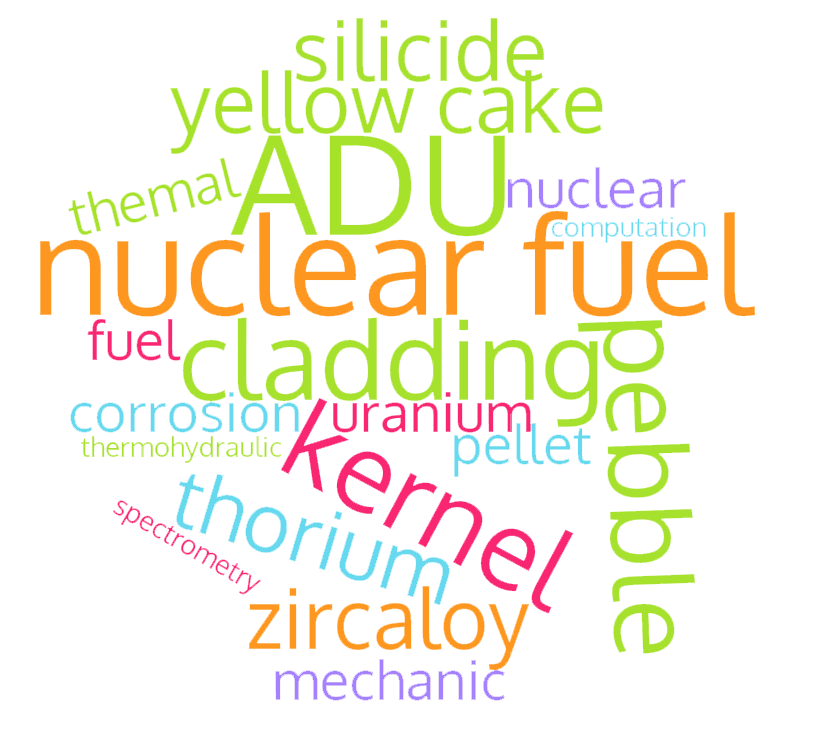MICROSTRUCTURAL EVOLUTION AND COARSENING KINETICS OF B2-(Fe,Ni)Al IN FERITIC STEEL OF Fe-14Ni-9Al-7,5Cr-1Mo AT HIGH TEMPERATURES.
DOI: http://dx.doi.org/10.17146/urania.2020.26.3.6043
Sari
MICROSTRUCTURAL EVOLUTION AND COARSENING KINETICS OF B2-(Fe,Ni)Al IN FERRITIC STEEL OF Fe-14Ni-9Al-7,5Cr-1Mo AT HIGH TEMPERATURES. Increasing the efficiency of power plant facilities, such as steam power plant, is demanding, and this drives to the development of materials capable for higher temperature operations. Ferritic steels have been widely used for boiler components due to their relatively economical and higher in thermal conductivity. Nevertheless, the application of ferritic steels for boilers is limited only at 630 ℃ due to their weakness in creep strength and corrosion at higher temperatures. Efforts to increase the performance of ferritic steels at higher temperature applications have been intensively carried out, one of which is by developing B2-(Fe,Ni)Al precipitates in the ferrite matrix. This paper discusses the microstructural evolution in alloy of Fe-14Ni-9Al-7.5Cr-1Mo (in wt.%) strengthened by B2-(Fe,Ni)Al precipitates during heating at 800, 900, and 1000 oC for 6, 20 and 48 hours. Ageing at 800 oC for 6 hours gave rounded cuboidal B2-(Fe,Ni)Al precipitates dispersed homogeneously in the ferrite matrix and changed to rounded shape at longer ageing times. At 1000 oC, however, the precipitates had rounded shape at all times of ageing. Coarsening of precipitates occurred during ageing at 800 and 1000 oC with the rate constants of 5,7 x 104 nm3/h and 2,1 x106 nm3/h respectively, which is considered relatively low. The highest hardness value of 520 HVN was observed for the sample aged at 1000 °C for 6 hours.
Keywords: Ferritic steels, B2-(Fe,Ni)Al precipitate, coarsening, microstructure evolution
Teks Lengkap:
PDFRefbacks
- Saat ini tidak ada refbacks.
Penerbit: Pusat Riset Teknologi Bahan Nuklir dan Limbah Radioaktif
Diindeks oleh:









